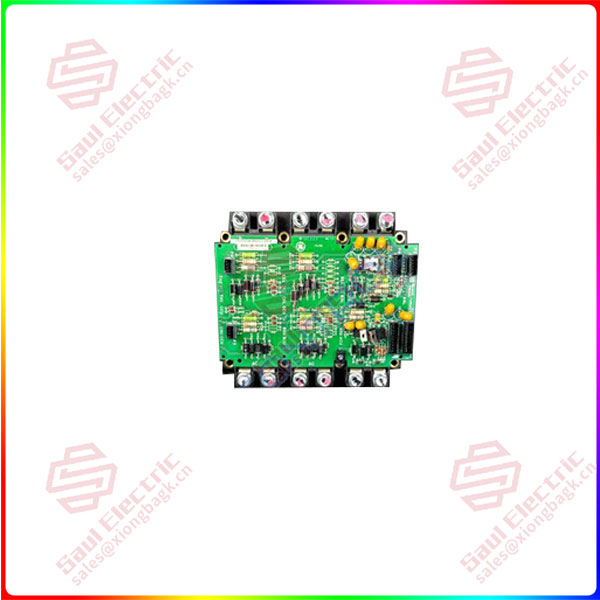Generative AI large model
Three major challenges remain to be overcome in manufacturing
The application of artificial intelligence in the industrial field still has a very broad space, according to Capgemini statistics, only the top European manufacturing enterprises AI application penetration rate of more than 30%, Japanese manufacturing enterprises AI application rate of 30%; The application rate of AI in manufacturing enterprises in the United States reached 28%; The penetration rate of Chinese manufacturing enterprises has reached 11%, and this survey shows that there is still a high room for AI penetration in the industrial sector. However, the application of generative AI large models still needs to face some challenges:
Figure 6 Comparison of AI penetration in manufacturing industry
One is that the input-output ratio has not yet been very clear. Before the outbreak of ChatGPT, although artificial intelligence has many scenarios in the manufacturing industry, the more recognized areas are still focused on quality inspection and equipment predictive maintenance. The core reason why these two scenarios are recognized is that the effect is more obvious after the implementation of the project. For example, product surface defect detection can calculate a clear ROI with labor cost savings, and equipment predictive maintenance can measure the effect based on the time node of equipment fault discovery. However, in the application of generative AI, there has not been a scenario similar to the above two obvious economic effects, and the exploration of most scenarios is in the pilot and exploration stage.

IS200AEBMG1A
The second is the lack of domain – oriented basic model. At present, most of the practices for large models in the industrial field start from fine-tuning, and do not go through the pre-training stage, and pre-training is the real knowledge infusion stage, so that the model can really learn the field data knowledge and adapt to the field. Starting from fine-tuning or directly integrating the big model only stimulates the ability of the original big model, and does not realize the understanding and reasoning of domain knowledge. However, the current basic model development is still in the white-hot stage of general large model competition, and less attention is paid to industry-oriented basic models. At present, only a few enterprises begin to build generative large model applications in the manufacturing field from the pre-training stage.
Third, the scene in the manufacturing field is highly fragmented. The fragmented scene also poses a challenge to the paradigm of large model, which requires high data and computing power. The field of industrial digitalization often spread a logic, “industrial digitalization is a trillion-level market, but it is a combination of tens of trillions of markets,” for the subdivision of the field, it is difficult to have enough available data to start from the pre-training stage to train the large model, the general large model can not adapt to the focus of the segment of the scene needs, this natural contradiction will hinder the development of the large model. picture
Note: Stanford University uses foundational models to refer to models that are trained on hyperscale data through self-supervised learning and can be adapted (e.g., fine-tuned) to various downstream tasks, including but not limited to ChatGPT, Llama, etc. In China, with the development of the industry, large models are usually used to refer to generative models such as ChatGPT and Llama. In the process of writing this paper, various generative AI such as language, image and multi-mode are followed by the consensus formed by the Chinese industry at present.
 1 Year Warranty
1 Year Warranty





